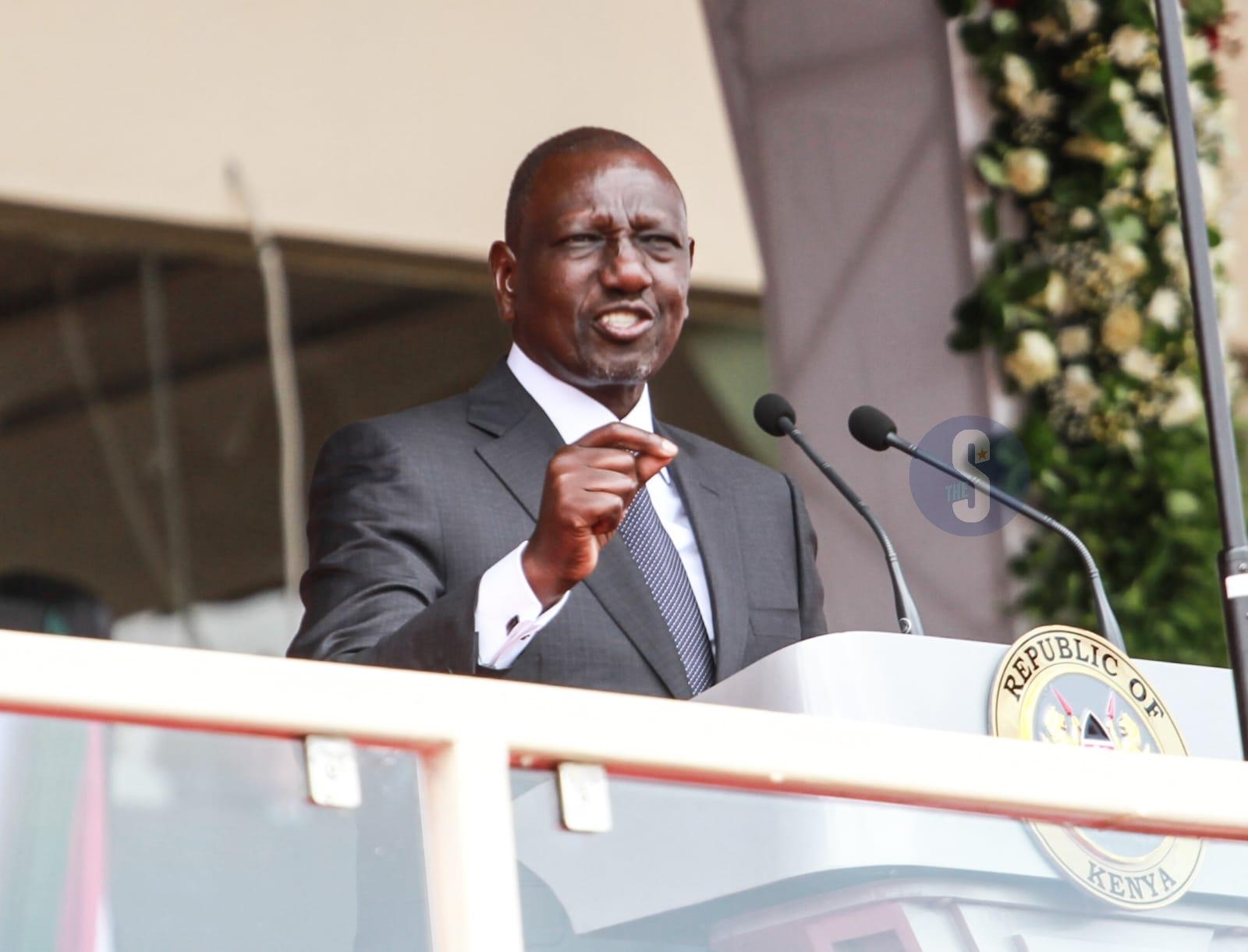A battered shilling and rising fuel costs have exposed Kenyans to a steepening cost of living deeming hopes of cheaper commodity prices.
This pushed up inflation in the month of February by 20 basis points to 9.2 percent driven by a rise in the cost of food, transport and non-alcoholic beverages.
Latest inflation data by the Kenya National Bureau of Statistics (KNBS) shows the country’s overall rate of inflation in February stood at 9.2 percent from the 9.0 per cent reported in January.
“Housing, water, electricity, gas and other fuel index, increased by 0.4 per cent between January 2023 and February 2023. This was mainly due to increase in prices of gas/LPG which rose up by 4.7 per cent,” KNBS said in a statement on Tuesday night.
These commodities account for over 57 per cent of the weights of the 13 broad categories used to compute inflation.
A slight drop in the prices of fortified maize flour and sugar by 2.5 percent and 3.2 percent respectively did little to ease the high cost of living.
In the past four months the country has recorded marginal drops in inflation levels from a high of 9.5 percent in November last year.
The February figure marks nine months in a row where the index has remained above the central bank’s upper target of 7.5 percent.
The last time it fell below the 7.5 percent was in May 2022.
A survey conducted between February 21 to February 24 by InfoTrack showed that high cost of living was highly featured as the reason majority of the respondents (73 percent) said Kenya is headed in the wrong direction.
The survey also listed high taxes imposed to people (five percent), unemployment (five percent), poor governance (four percent), bad politics (three percent) and poverty (three percent) as area of concern to Kenyans.
Global inflation, the war in Ukraine, a weakening shilling, and the aftermath of the Covid-19 pandemic have all had knock-on effects on Kenya's economy.
These have been compounded by mounting debts, budget deficits and poor financial governance.















